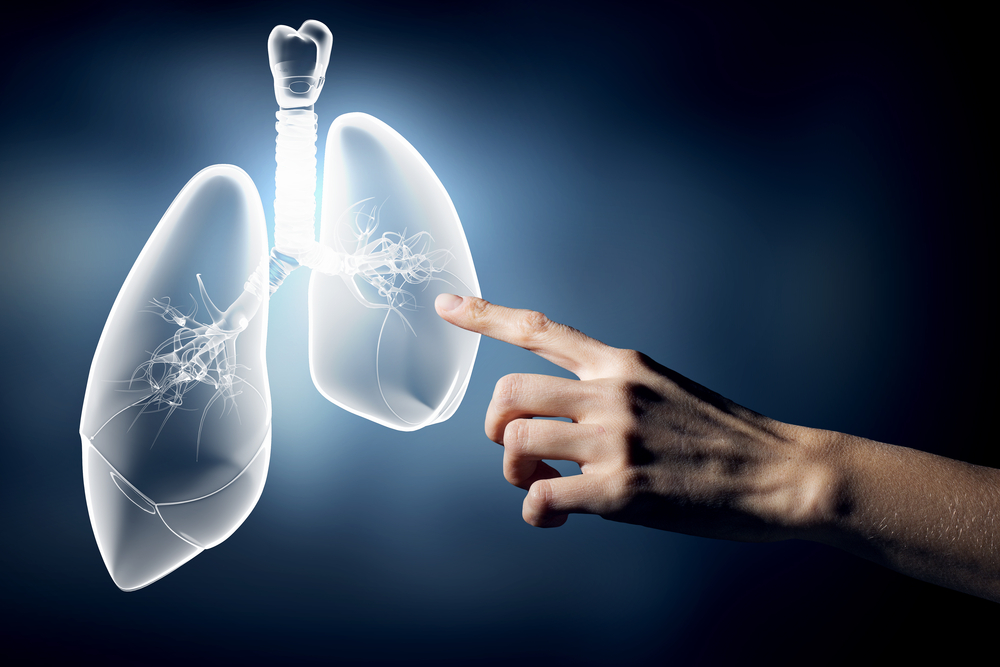NIH Awards $5.2M to Team Working on Lung Regeneration Therapies
Written by |

The National Heart, Lung, and Blood Institute of the National Institutes of Health (NIH) awarded a seven-year grant worth $5.2 million to a team of researchers looking into the cellular and molecular mechanisms that promote lung regeneration, and aiming to develop therapies for children with hereditary lung diseases and adults with pulmonary fibrosis or other lung damage caused by injury or genetic defects.
The team — made of scientists at Penn Medicine, Cincinnati Children’s Hospital and Boston University — is one of the seven comprising the Progenitor Cell Translational Consortium, created to bring together researchers with experience in heart, lung, blood, and technology fields to promote scientific advances in stem and progenitor cells (cells with the ability to become other cell types) and turn them into treatments for heart, lung, and blood disorders.
A total of $40 million will be shared among the consortium’s research institutions over seven years.
“The aim of our consortium is to harness the innate power of stem and progenitor cells in the lung to promote repair and regeneration and target them using emerging techniques for promoting tissue regeneration,” Edward Morrisey, PhD, a leading researcher with the Penn Medicine group, said in a news release. “We will be examining both pediatric and adult populations since many children suffer from chronic lung diseases such as severe asthma and cystic fibrosis.
“In adults, we are interested in determining whether we can harness the innate ability of the lung to repair and regenerate to treat chronic lung diseases as well as acute injury,” Morrisey added.
The Penn group is particularly interested in the study of a type of progenitor cell, called alveolar type 2 (AT2) cells. These cells, together with AT1 cells, compose the surface of the alveoli, the structures in the lungs where exchange of oxygen and carbon dioxide occurs (the respiration process). AT2 cells play an important role in generating a mixture of proteins and lipids (pulmonary surfactants) necessary to allow the lungs to expand and deflate while breathing, and for fighting lung infections.
When working properly, these AT2 cells can replace damaged or old lung cells, maintaining normal lung function. Damaged AT2 cells can no longer contribute to lung health, which can lead to defective regeneration and disorders like lung fibrosis and lung cancer.
For this reason, the Penn group aims to understand the exact role of the AT2 cells in lung function and repair in both mouse and human lungs, and to determine whether modern laboratory techniques (such as gene editing methods) can help recover their regenerative potential or correct mutations underlying certain diseases.
Specifically, researchers want to address the role of the ABCA3 gene in AT2 cells. Mutations in this gene are associated with severe acute and chronic pulmonary diseases in children. In fact, up to 50 percent of cases of full-term infants with a congenital lung disorder, who do not respond to conventional therapies, are linked to mutations in the ABCA3 gene. There is currently no effective treatment for ABCA3 mutations other than a lung transplant.
“Using disease-inducing ABCA3 mutations as a paradigm for congenital lung disease, we will target AT2 cells to correct these mutations as well as attempt to promote lung regeneration,” Morrisey said. “Ultimately, we hope to use lung stem and progenitor cells for treatment of various forms of lung disease.”






